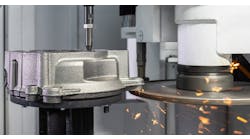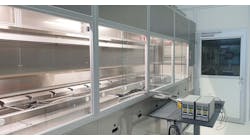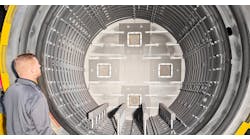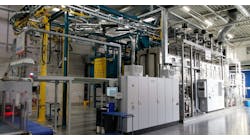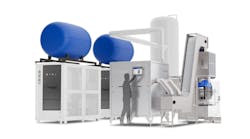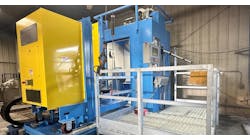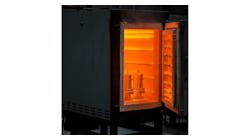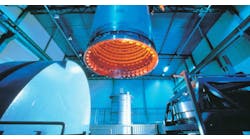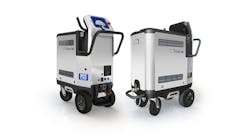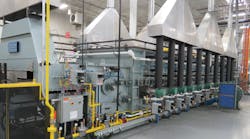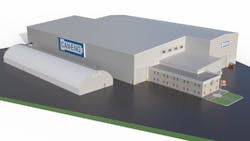Can-Eng Furnaces International Ltd. is undertaking an expansion of its Plant #2 Operations in St. Catharines, Ontario, adding 45,000 ft2 of modern manufacturing space and 18,000 ft2 of future office space. Construction is underway now and is expected to be complete in May 2025.
The projects’ new foundation and utility plan includes some features that may be serve further expansion in the future.
By doubling its manufacturing space and installing fabrication, assembly, and testing equipment, Can-Eng Furnaces will improve its flexibility and capacity, and its ability serve the customers’ requirements for thermal processing equipment.
This expansion will include enhanced overhead lifting capabilities – two 30-ton and two 20-ton overhead cranes – to accommodate larger thermal processing systems being demanded by EV component and battery material processors.
Can-Eng Furnaces develops and builds thermal processing and heat-treatment system for high-capacity manufacturers, including commercial and captive heat-treaters; stamping and fastener companies; electric vehicle and automotive component producers; iron and steelmakers; aluminum foundries; and agricultural and construction manufacturers.
In addition to its expansion project, Can-Eng reported two contracts it has drawn from different auto parts manufacturers for high-capacity, mesh-belt heat-treatment systems, including oil-quench hardening and salt-quench austempering capabilities.
Each of the new systems was selected to fill current demand that could not be met by existing heat-treating installation. Design details include low-energy consumption, reduced part mixing, reduced part damage and part distortion potential, and high uptime productivity compared to conventional conveyor furnace designs, according to Can-Eng Furnaces.
